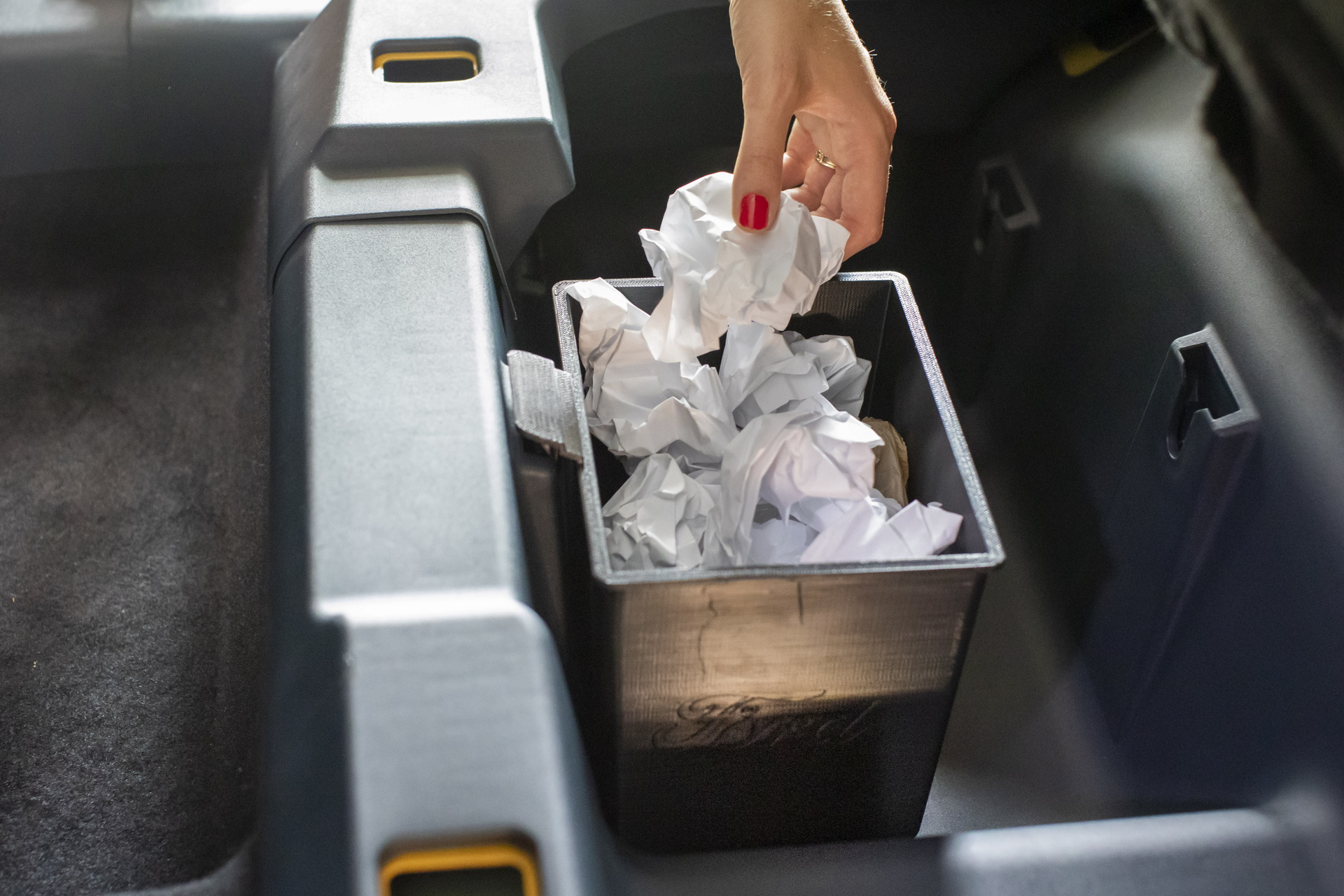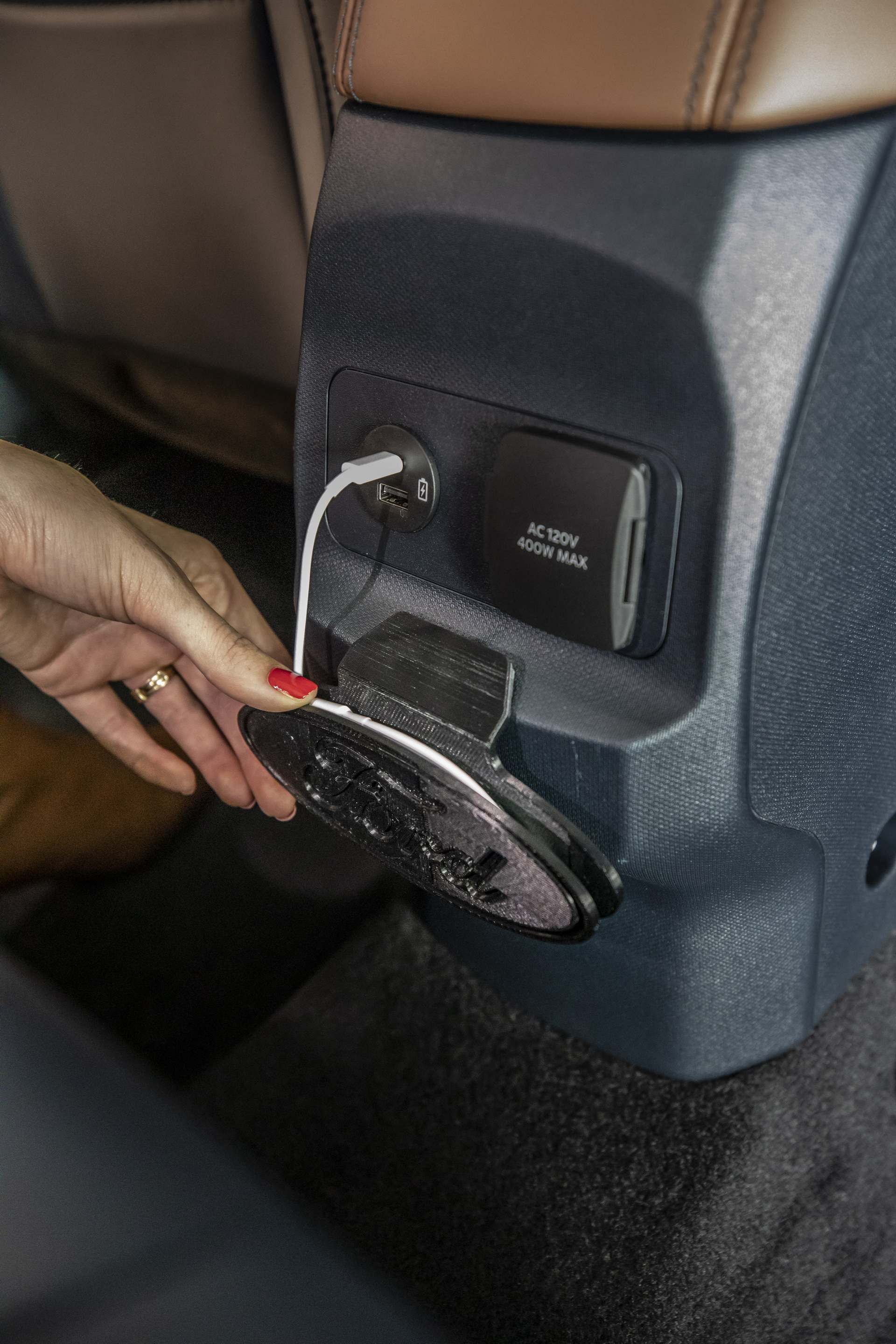The Maverick has made a lot of people very excited and, it turns out, some of them are DIYers. So the automaker has made the slot geometries for the Ford Integrated Tether System (FITS) slots in the vehicle public, opening the pickup truck’s cabin up to 3D printed accessories.
FITS slots are found throughout the cabin of the Maverick and are designed to receive accessories that customers can buy from Ford and aftermarket parts manufacturers. Now, though, Maverick owners with a little bit of knowledge and access to a 3D printer can make their own.
“I think it shows a pretty big shift in the company’s thought processes about user-focused and human-centered design,” Scott Anderson, a design manager at Ford, told Newsweek, adding that the decision was made out of a desire to be in tune with customers.
Read Also: These Are All The Accessories Available For The 2022 Ford Maverick
In all, there are eight FITS slots in the Maverick: one at the back of the center console, one in the passenger footwell, and seven in the storage bins under the second-row seats. The company has already seen customers share designs online for a wide variety of applications but, by making these geometries public, the designs can be even more accurate.
“We’re listening to what they’re saying,” Anderson added. “They’re dealing with data on a daily basis because there’s more and more 3D printing in the market. There are more and more makers, maker spaces, and maker fairs. So we’re excited to have Ford be a part of that movement.”
Ford already sells a number of accessories for the slots, like cord wraps and grocery hooks, but small-time makers have also been making accessories. Reggie Ramos, who recently bought a Maverick in California, sells accessories on his site, including tray tables, cubbies, and more.
Although Ford may lose some sales of its own accessories by doing this, it says that it’s worth it to make owners feel more connected to their vehicle.
“We’ve garnered this insight that there’s this underserved space for a compact truck and people who want to make things their own,” Anderson stated. “Everybody feels more compelled to drive a product that they feel is theirs. And we want to enable that more and more.”






